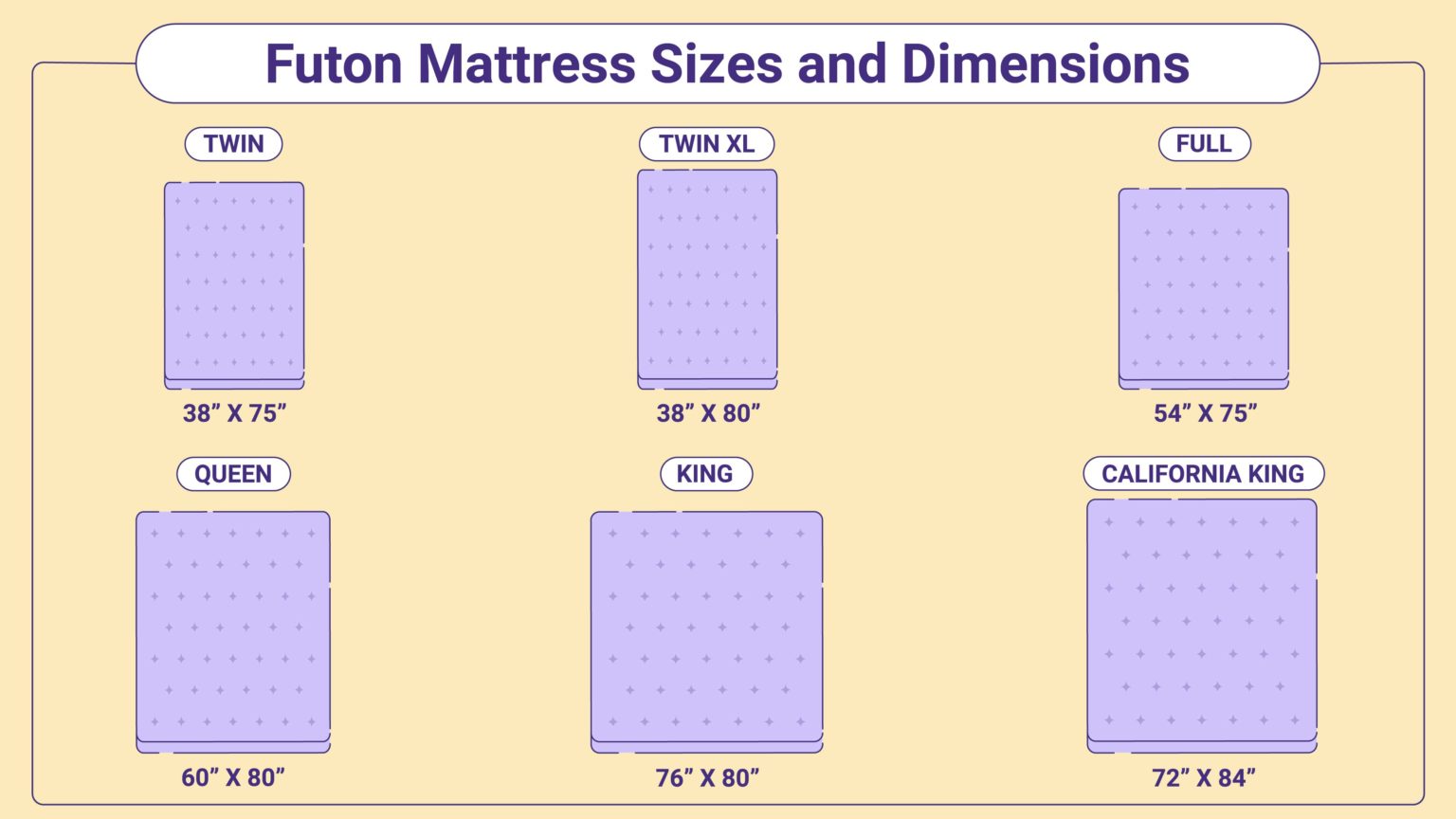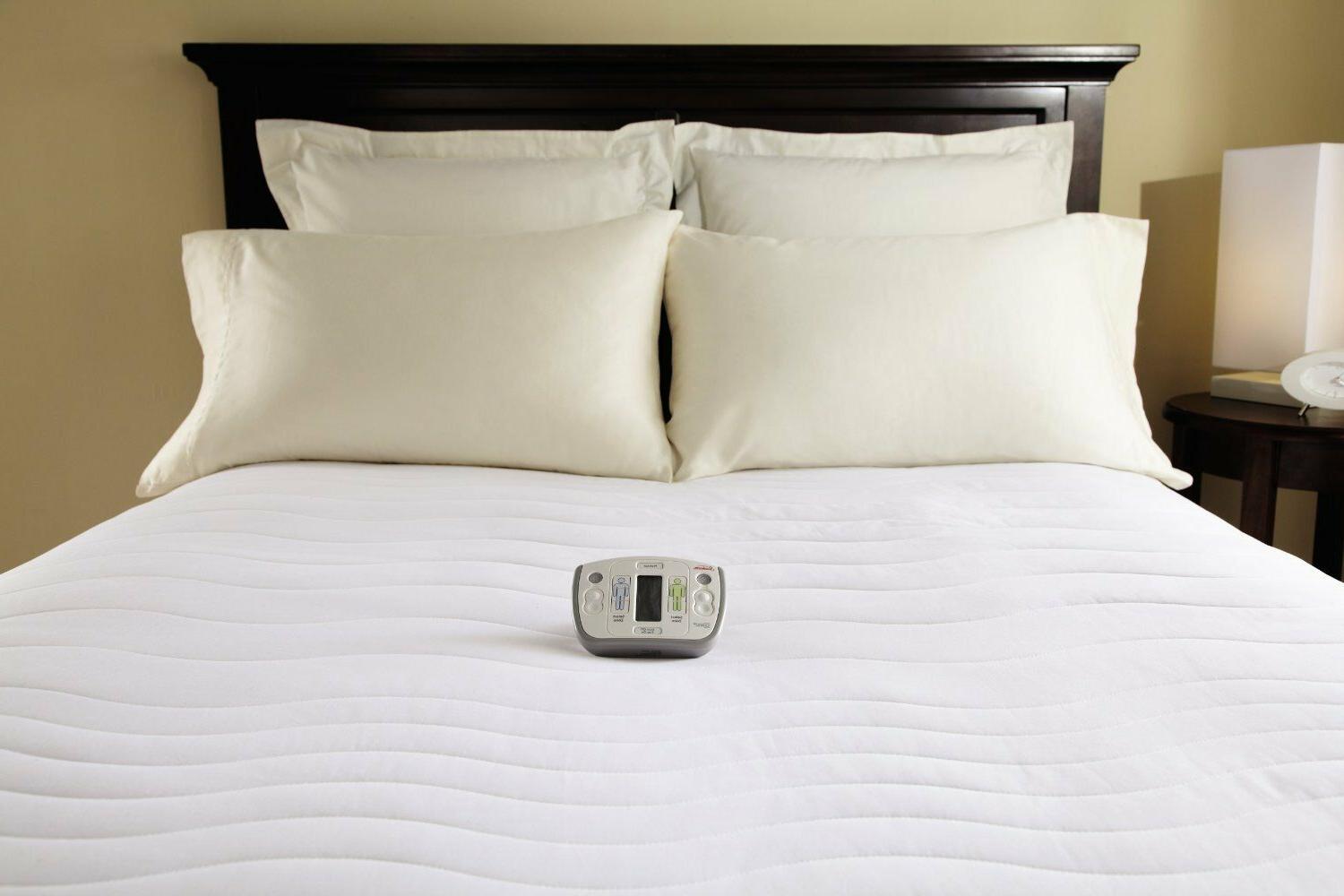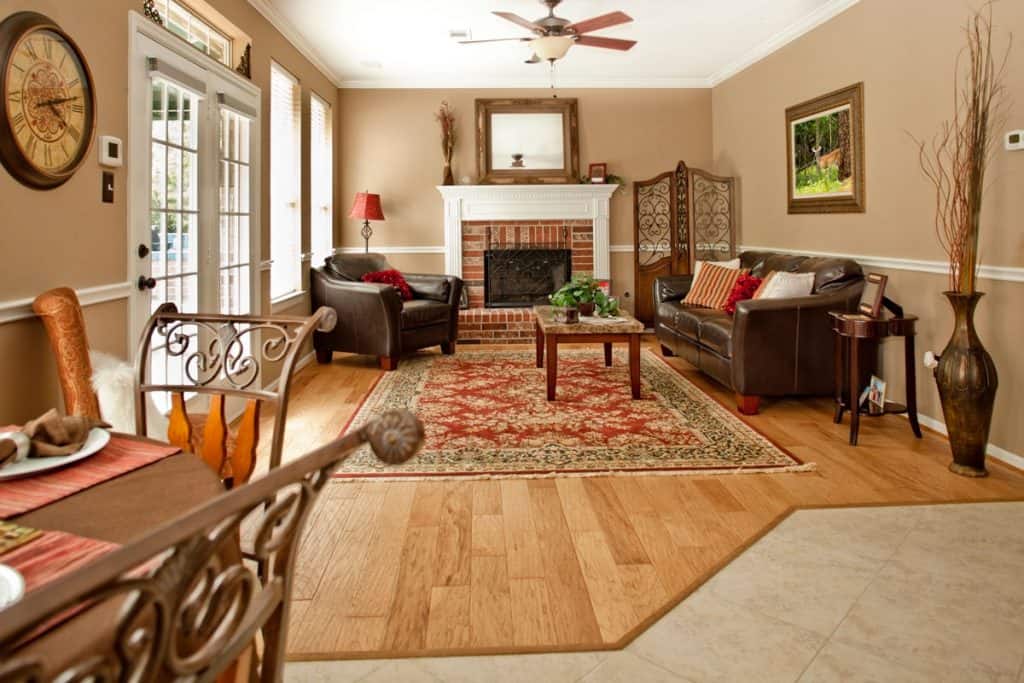Have you ever wondered what the standard door thickness is for house designs? Art Deco house designs are known for its art and furniture as well as unique doorway designs. Thus, paying attention to door thickness helps enhance the overall look of the house. Commonly, standard door thickness for house designs is about 37 to 50 mm. However, this difference can depend on the type and function of the doors.Common Standard Door Thickness in House Designs | 37-50 mm
Interior hollow-core doors typically measure 38 to 45 mm in thickness. These doors are generally made of plastic or hardboard and are the most popular door types used in an average home. Moreover, hollow-core doors are also light in weight, which makes them easy to install and open with less effort. They are relatively cheaper compared to other forms of doors.Interior Hollow-Core Doors | 38-45 mm
Interior solid core-doors are the heavier and sturdier variants of hollow-core doors. Whilst hollow core doors are usually filled with cardboard and insulating material, solid core doors represent greater strength, thermal insulation, and sound resistance. These doors typically measure 46 to 54 mm in thickness and are the perfect choice for providing extra protection and security in a residence.Interior Solid Core Doors | 46-54 mm
Exterior doors, when compared to other types of doors, are designed with thicker layers of material to protect the entrance from harsh weather conditions. They can also provide additional protection against intrusion. Generally, the average exterior door has a thickness range of 50 to 76 mm.Exterior Doors | 50-76 mm
Fire-rated doors are designed to be non-combustible or fire resistant. These doors are usually used for commercial establishments such as warehouses, hospitals, and banks. The average thickness of these doors is around 78 to 89 mm which provides better protection than other door types. Additionally, these doors feature durable frames that are made of wood, metal, and other materials.Fire-Rated Doors | 78-89 mm
Safety and secured doors are specially designed door types for extreme protection and maximum security. The thickness of these doors range from 82 to 102 mm and is reinforced with bars, locks, and other protective mechanisms. These doors are commonly used for recreational centres and storage facilities. Furthermore, they can also be built with bulletproof material for even more protection.Safety/Secured Doors | 82-102 mm
High-traffic doors are built to withstand large amounts of traffic for an extended period of time. This type of doors is mostly used in shopping malls, hospitals, and schools. The thickness of these doors ranges from 110 to 150 mm, featuring strong frames and lock designs for extra reinforcement and pressure resistance.High-Traffic Doors | 110-150 mm
Hospital doors are designed with thicker layers to provide additional protection against airborne infections and hazardous materials. These doors are usually made to measure and feature water resistance materials to prevent further damage during power outages. The reports mentioning the standard thickness of hospital doors have the range from 140 to 180mm.Hospital Doors | 140-180mm
Hermetically sealed doors have been specially designed to reduce noise and create air-tight seal. These doors can be made from steel, PET, or rubber and have the thickness range from 157 to 200 mm. These specialized doors are mostly used in hotel lobbies, recording studios, laboratories, and sound-proof rooms.Hermetically Sealed Doors | 157-200 mm
Sonic sealed doors feature better soundproofing than hermetically sealed doors. Due to its superior soundproofing capabilities, this type of door is more suitable for recording, rehearsal, and acoustic studios. The standard thickness for sonic sealed doors is between 178 to 229 mm.Sonic Sealed Doors | 178-229 mm
Security/blast doors are the most durable and reliable type of doors for ultimate protection. These doors are usually used in places such as government buildings, vaults, and data centers. The thickness for these doors usually starts from 200 to 300 mm to provide better security and protection.Security/Blast Doors | 200-300 mm
Interior Doors Thickness mm: A Guide to Choosing the Perfect Door for Your Home
 There is one design element that can quickly upgrade the overall look of your home, and that is the
interior doors
, which come in a variety of styles, textures, shapes, and sizes. Typically, most interior doors range in
thickness from 1-3/4” to 2-1/4”
, with this dimension changing depending on the type of door chosen. The standard
thickness of an interior door
is 1-3/8” and is perfect for rooms that do not require a larger or bulkier door such as a closet. The added weight and insulation added from a thicker door often make them the preferred choice for rooms such as a master bedroom or bathroom.
One of the advantages of a thicker interior door is the added level of security it provides. Softer woods such as pine, for example, often require thicker doors to withstand greater levels of security, as well as
soundproof
. The added thickness also increases the stability of the door, helping it resist warping and shrinking. It also allows heavier floors to be used on the bottom of the door which helps prevent drafts, dust, and pests from entering the home.
There is one design element that can quickly upgrade the overall look of your home, and that is the
interior doors
, which come in a variety of styles, textures, shapes, and sizes. Typically, most interior doors range in
thickness from 1-3/4” to 2-1/4”
, with this dimension changing depending on the type of door chosen. The standard
thickness of an interior door
is 1-3/8” and is perfect for rooms that do not require a larger or bulkier door such as a closet. The added weight and insulation added from a thicker door often make them the preferred choice for rooms such as a master bedroom or bathroom.
One of the advantages of a thicker interior door is the added level of security it provides. Softer woods such as pine, for example, often require thicker doors to withstand greater levels of security, as well as
soundproof
. The added thickness also increases the stability of the door, helping it resist warping and shrinking. It also allows heavier floors to be used on the bottom of the door which helps prevent drafts, dust, and pests from entering the home.
The Popularity of 2-1/4” Thick Doors
 The most popular door thickness is 2-1/4”, which is the standard size for any traditional or commercial-grade interior doors. These doors are also commonly found in the modern home, offering an inviting ambiance that adds to its overall charm. 2-1/4” doors are typically the most expensive due to the extra engineering required to make them thicker, providing a longer life and improved strength, while also offering a more stylish look.
The most popular door thickness is 2-1/4”, which is the standard size for any traditional or commercial-grade interior doors. These doors are also commonly found in the modern home, offering an inviting ambiance that adds to its overall charm. 2-1/4” doors are typically the most expensive due to the extra engineering required to make them thicker, providing a longer life and improved strength, while also offering a more stylish look.
Choosing the Right Measurements for Your Door
 Measurement is key when it comes to selecting the right interior door thickness. Not only are the door sizes standardized, but homeowners should also look for variations in thicknesses based on the type and purpose of the door. After all, a door in a bedroom may require more insulation and security than a door in a bathroom, which can often have its own unique specifications.
When it comes to choosing the correct door thickness, measuring the door will be critical to achieving the desired level of sturdiness and insulation. It is important to understand that, with interior doors, the measurement taken will represent from the door jamb to the door stop, rather than the entire thickness of the door itself.
Measurement is key when it comes to selecting the right interior door thickness. Not only are the door sizes standardized, but homeowners should also look for variations in thicknesses based on the type and purpose of the door. After all, a door in a bedroom may require more insulation and security than a door in a bathroom, which can often have its own unique specifications.
When it comes to choosing the correct door thickness, measuring the door will be critical to achieving the desired level of sturdiness and insulation. It is important to understand that, with interior doors, the measurement taken will represent from the door jamb to the door stop, rather than the entire thickness of the door itself.
Measuring the Doorjamb
 In order to get the correct measurements for an interior door, you should begin by measuring the doorjamb first. This will help you determine the thickness of door needed, as most doorjamb kits have guides to show the amount of door space required.
The next step is to measure the door frame to identify if the door space is currently too small or too large. If the space is too small you will need to adjust the doorjamb to increase the width of the door, or you can also purchase a door thicker than the minimum standard size of 1-3/4”.
In order to get the correct measurements for an interior door, you should begin by measuring the doorjamb first. This will help you determine the thickness of door needed, as most doorjamb kits have guides to show the amount of door space required.
The next step is to measure the door frame to identify if the door space is currently too small or too large. If the space is too small you will need to adjust the doorjamb to increase the width of the door, or you can also purchase a door thicker than the minimum standard size of 1-3/4”.
Purchasing a Door
 Once the measurements for the door space are taken and determined, it’s time to purchase the door itself. Generally, doors range in common thickness from 1-3/4” to 2-1/4”, while the standard thickness is 1-3/8”. The right door should be as thick as possible, without making the overall look of the door too bulky.
When shopping for a door, you should also keep in mind the construction of the door, as some may require more thickness to achieve the desired level of sturdiness and insulation. Different interior doors will also vary depending on the type of material they’re made of, such as wood, fiberglass, or steel, or the different interior and exterior door finishes, such as glass, decor panels, alternative woods, and more.
For those who want to go with a traditional look, the standard size of 1-3/8” is usually enough. For those wanting more security or insulation, a thicker door such as 2-1/4” may be warranted.
Once the measurements for the door space are taken and determined, it’s time to purchase the door itself. Generally, doors range in common thickness from 1-3/4” to 2-1/4”, while the standard thickness is 1-3/8”. The right door should be as thick as possible, without making the overall look of the door too bulky.
When shopping for a door, you should also keep in mind the construction of the door, as some may require more thickness to achieve the desired level of sturdiness and insulation. Different interior doors will also vary depending on the type of material they’re made of, such as wood, fiberglass, or steel, or the different interior and exterior door finishes, such as glass, decor panels, alternative woods, and more.
For those who want to go with a traditional look, the standard size of 1-3/8” is usually enough. For those wanting more security or insulation, a thicker door such as 2-1/4” may be warranted.
Installing the Door
 Once the door has been purchased, it is time to install it. This is often a complex project that requires the work of experienced professionals. Every step needs to be done precisely,
Once the door has been purchased, it is time to install it. This is often a complex project that requires the work of experienced professionals. Every step needs to be done precisely,
































































































